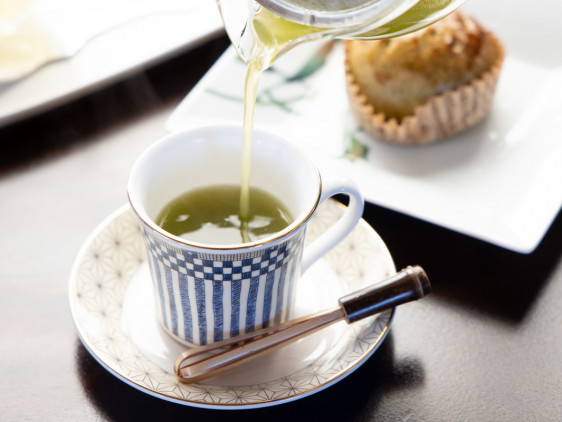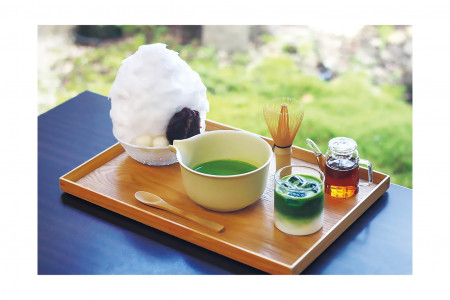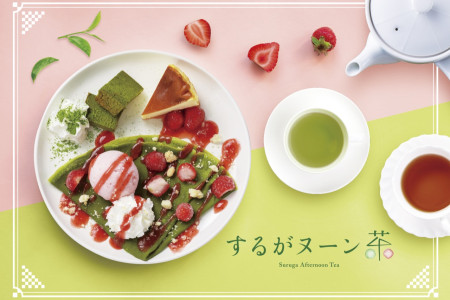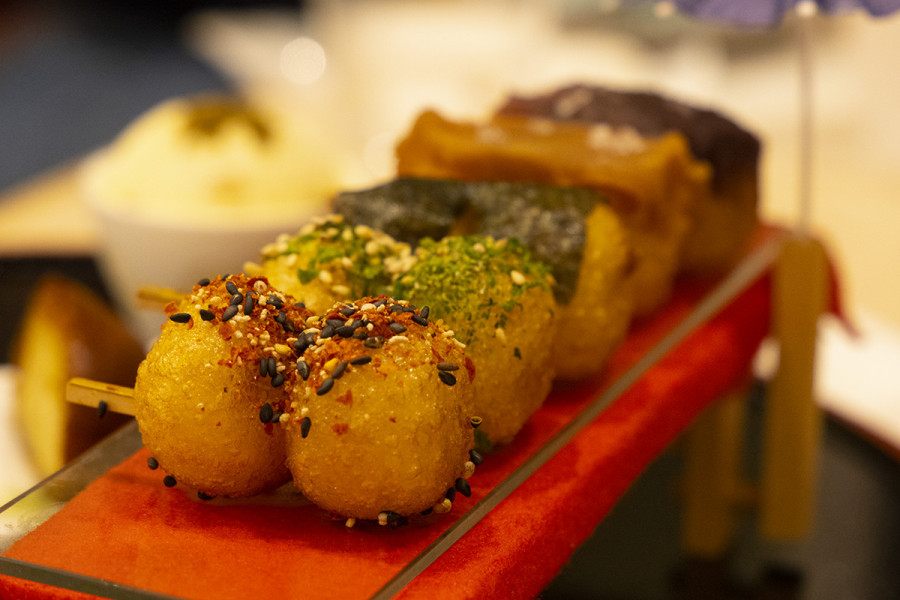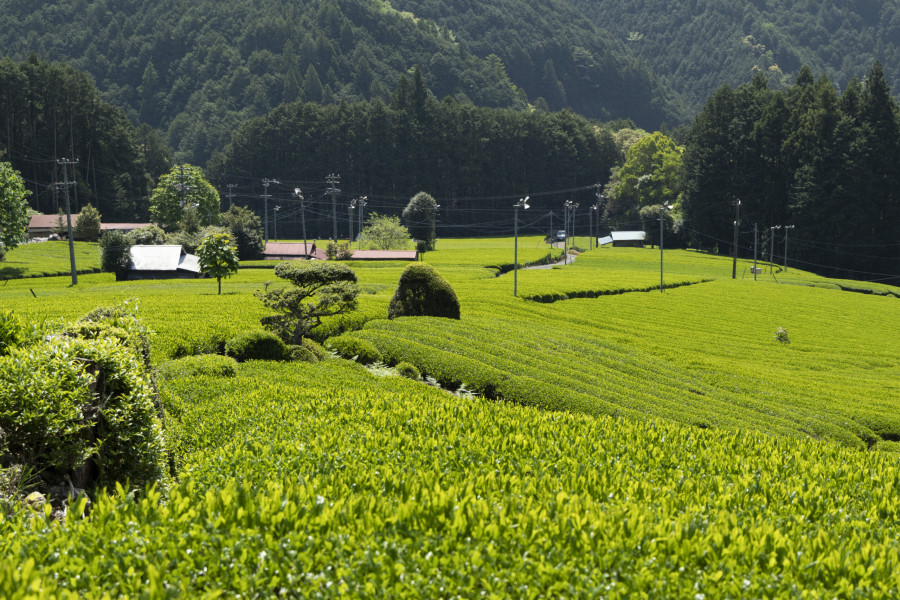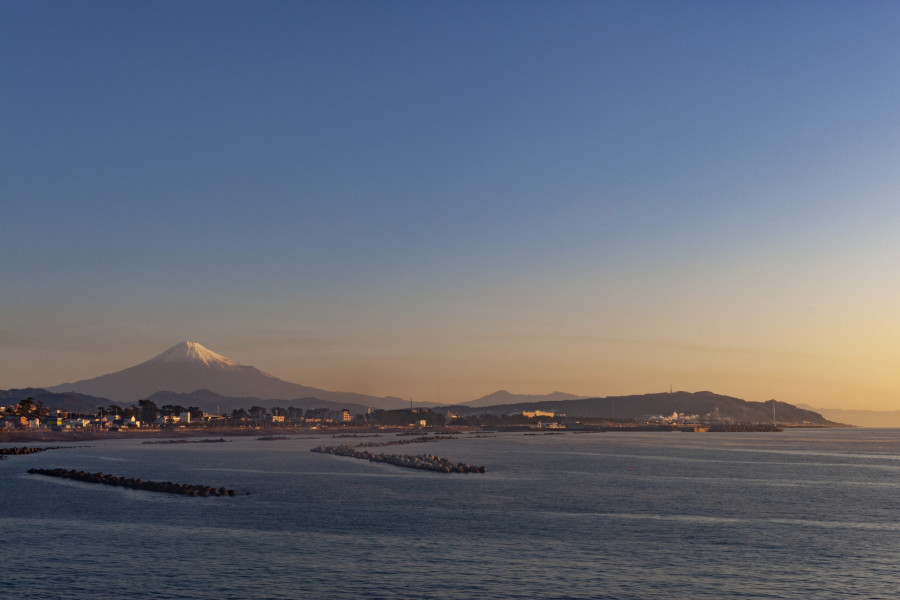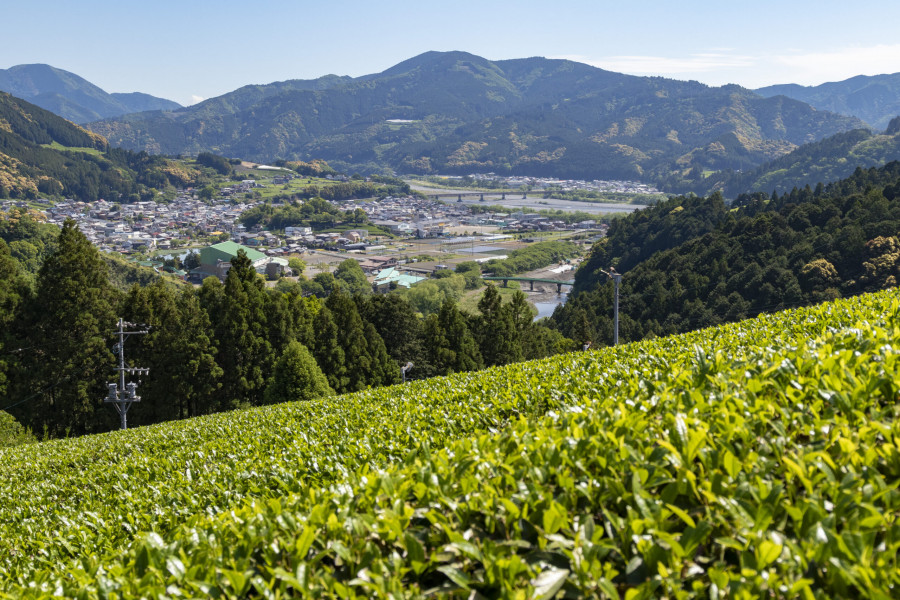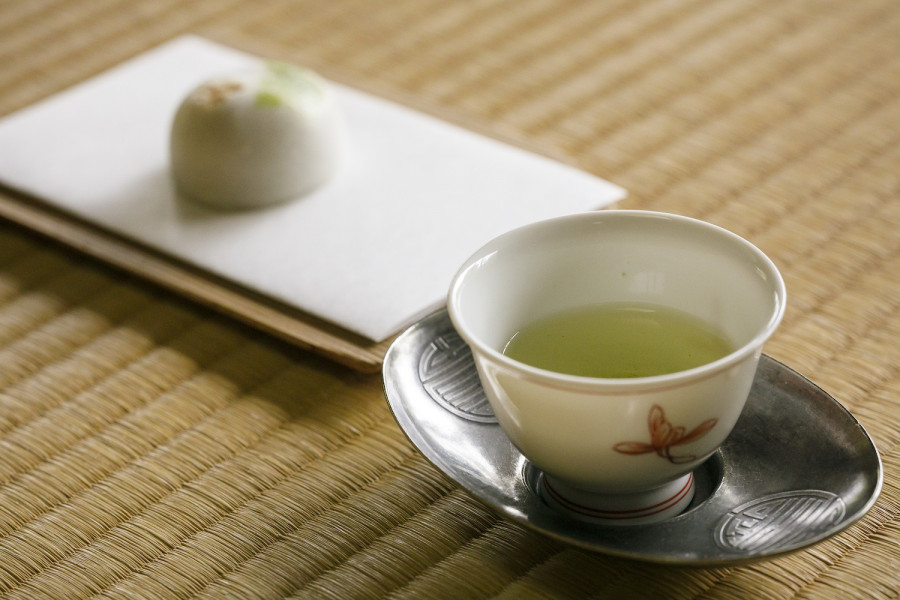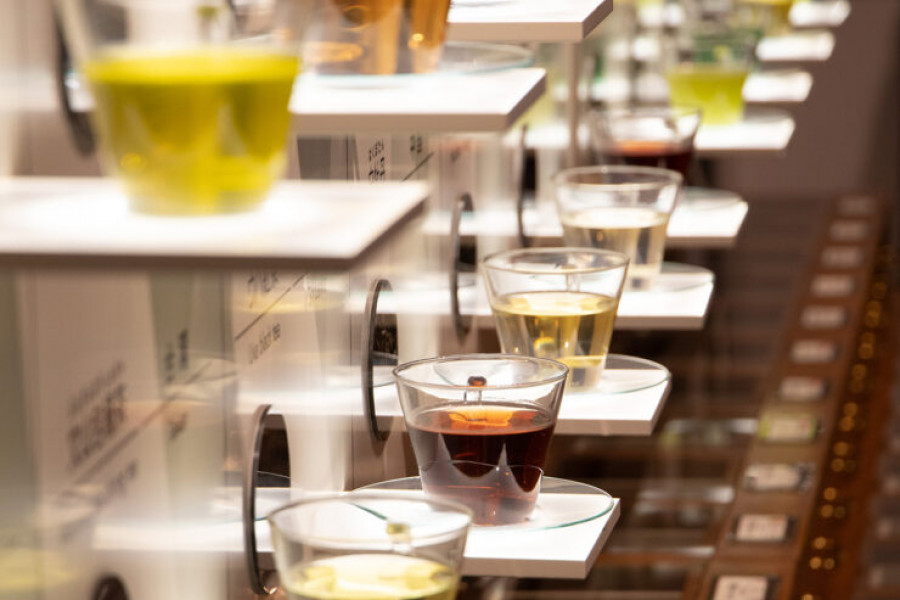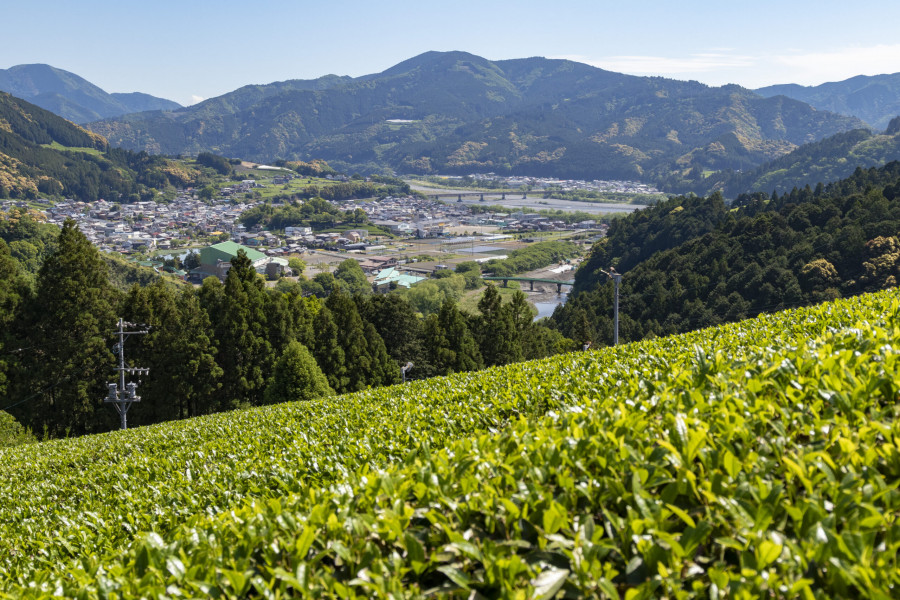Green tea is a major part of Japanese history and culture. From tea ceremony to matcha-flavored ice cream and even vending machine hot tea in winter, Japan is tea. Discover more about the precious beverage and what makes it so special.
Tea history
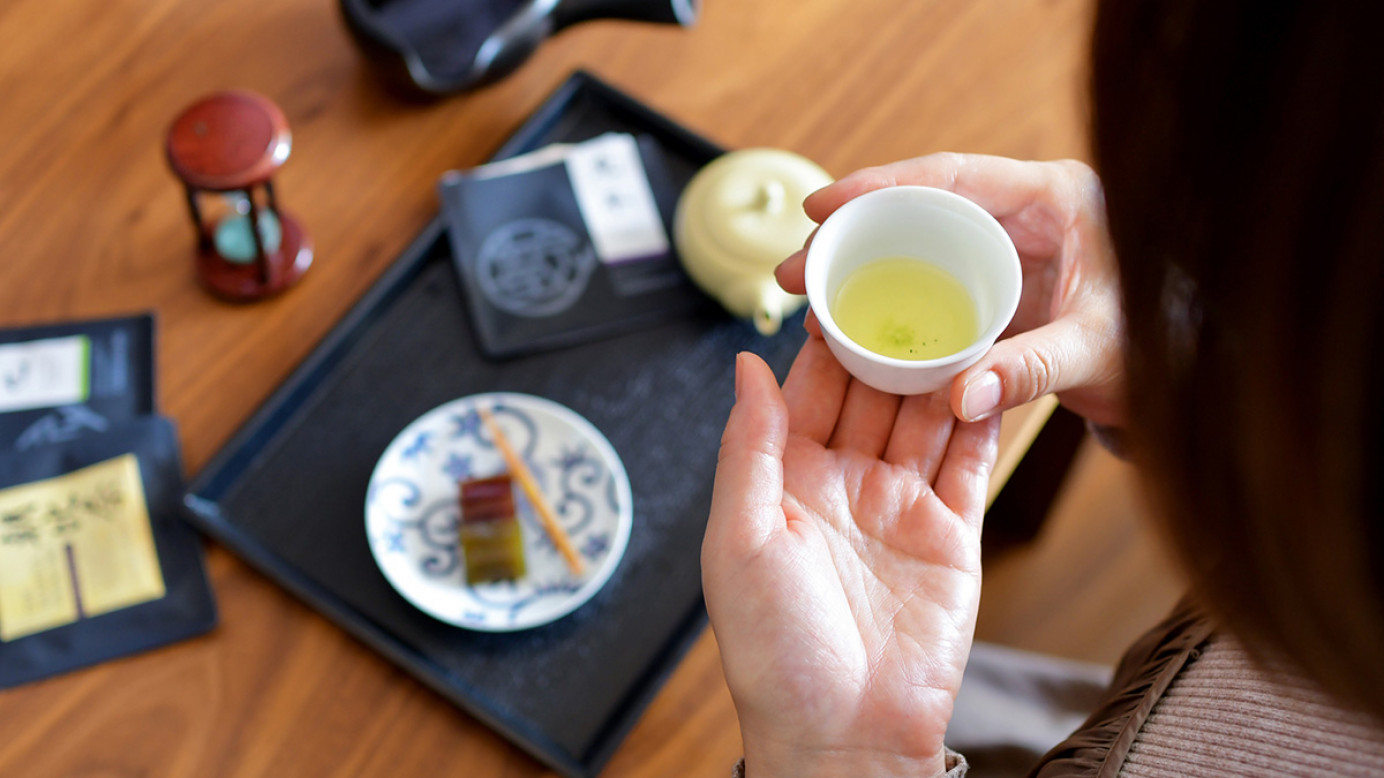
Tea culture began in Japan in the 8th century after Japanese priests and envoys returned after visiting China and brought tea seeds home. Importing seeds from China was encouraged by Emperor Sage and thus, tea history was made.
However, it wasn’t until the 12th century that tea became a drink for all when it was popularized after the Japanese-Buddhist monk Eisai published the Kissa Yojoki. Tea culture finally found itself in the 13th and 14th centuries with the Japanese tea ceremony becoming a keystone of the tea world.
Tea seasons
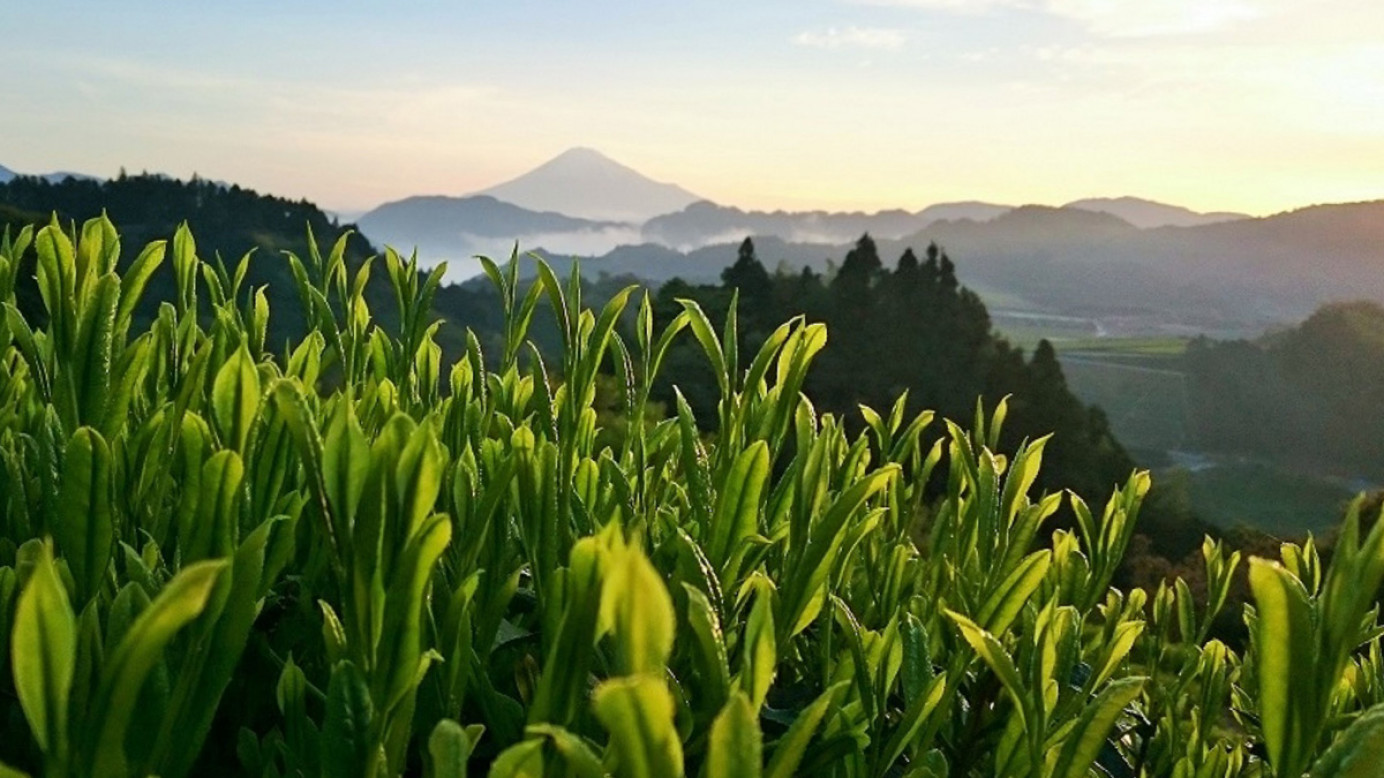
The seasons of Japan are perfect for tea production and each season plays an important role in the flavor profile of the tea.
Spring
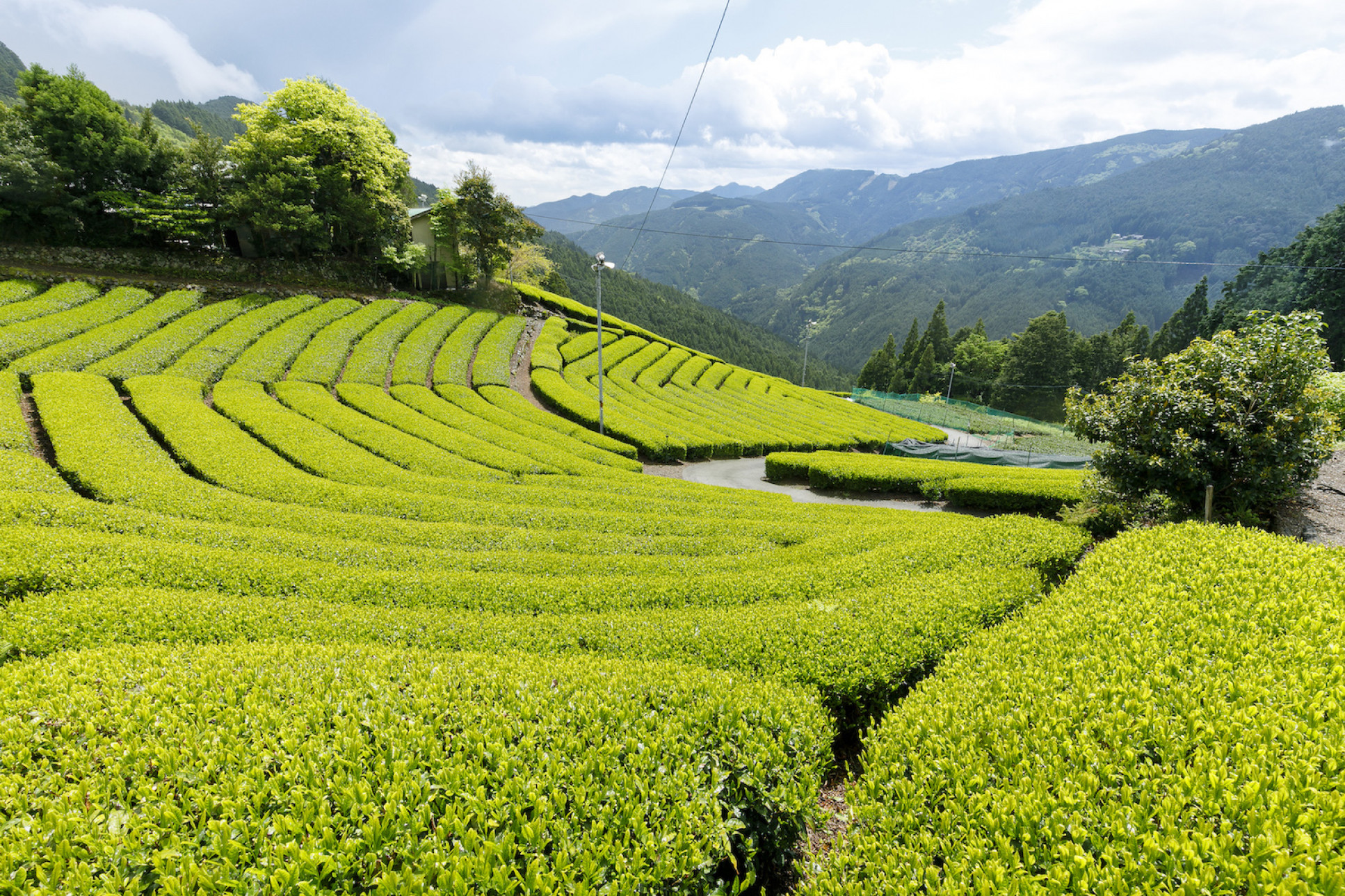
The most prized, highest-grade teas are produced in spring. Plentiful harvests of matcha, gyokuro, and sencha come from early April to the beginning of June.
Summer
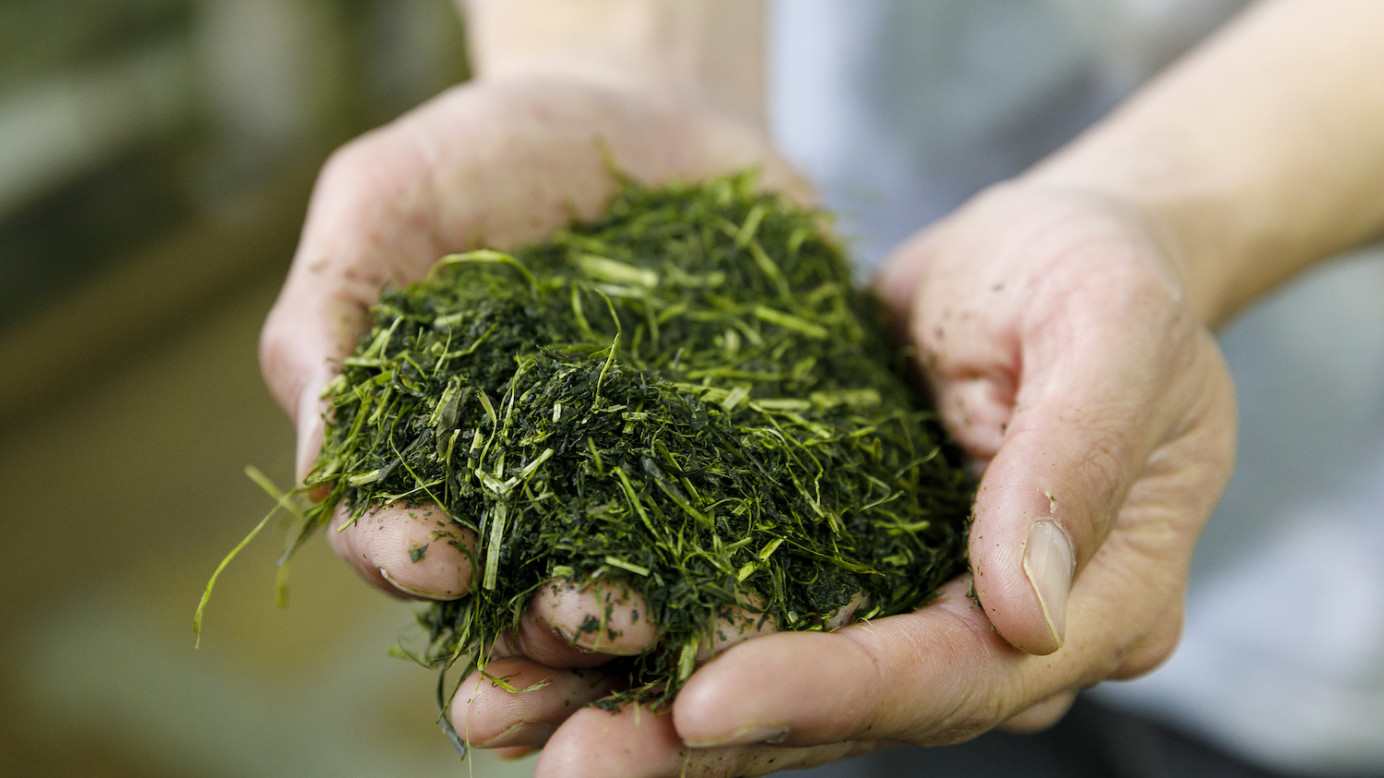
From June to July, lower-grade teas are common in this season such as cooking-grade matcha and sencha. In late summer—from mid-August to September—some tea farmers opt to give the tea plants a break under the scorching summer heat.
Autumn
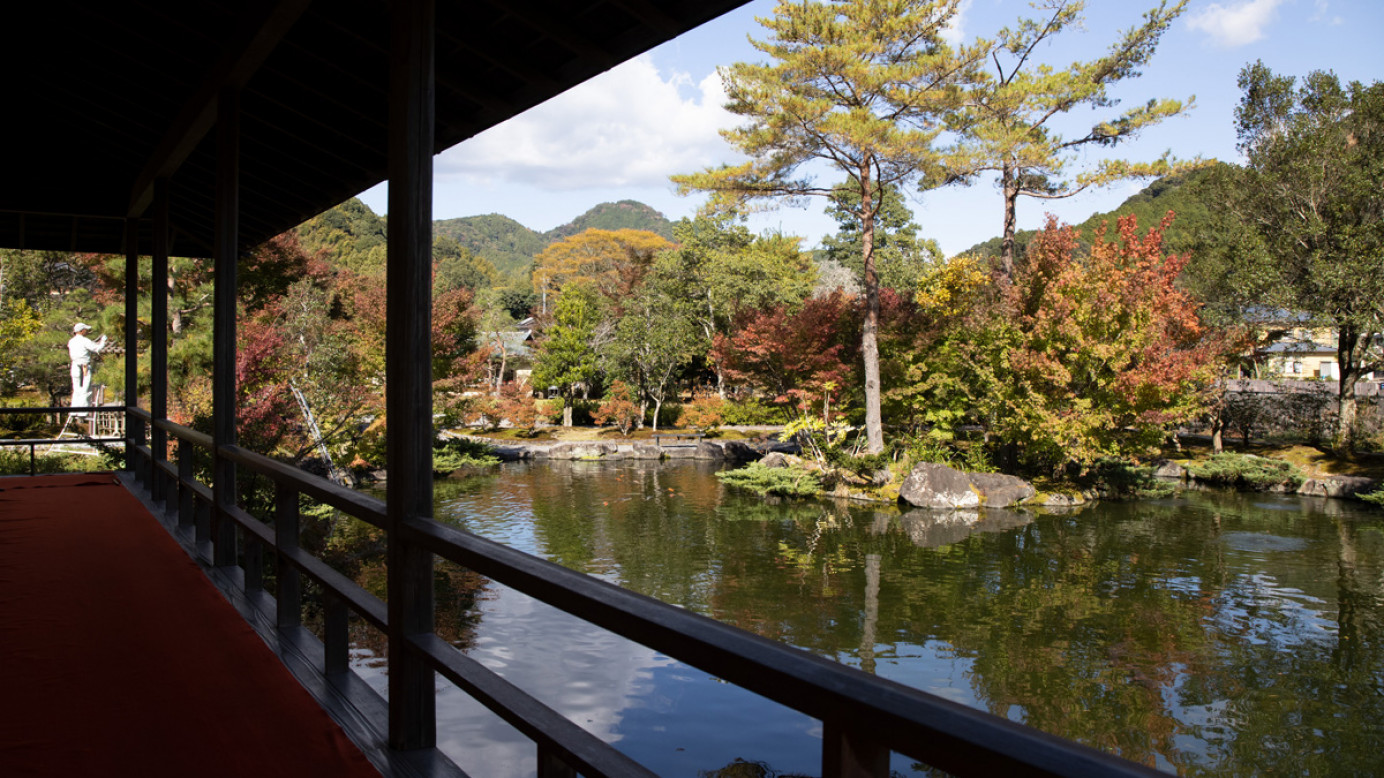
Tea for mass production is harvested from mid-September to October; this includes tea used for teabags and bottled drinks. Even later—either October to November or March—coarse and tough tea leaves can be harvested. These are made into flat roasted teas, like hirabancha or kyobancha.
Tea health benefits
Green tea has many health benefits that draw both tea lovers and health enthusiasts to drink it daily. Commonly believed to increase longevity, green tea boasts many health claims like improving bad breath, relieving digestive symptoms—especially after oily foods—and even supporting brain health.
Types of green tea
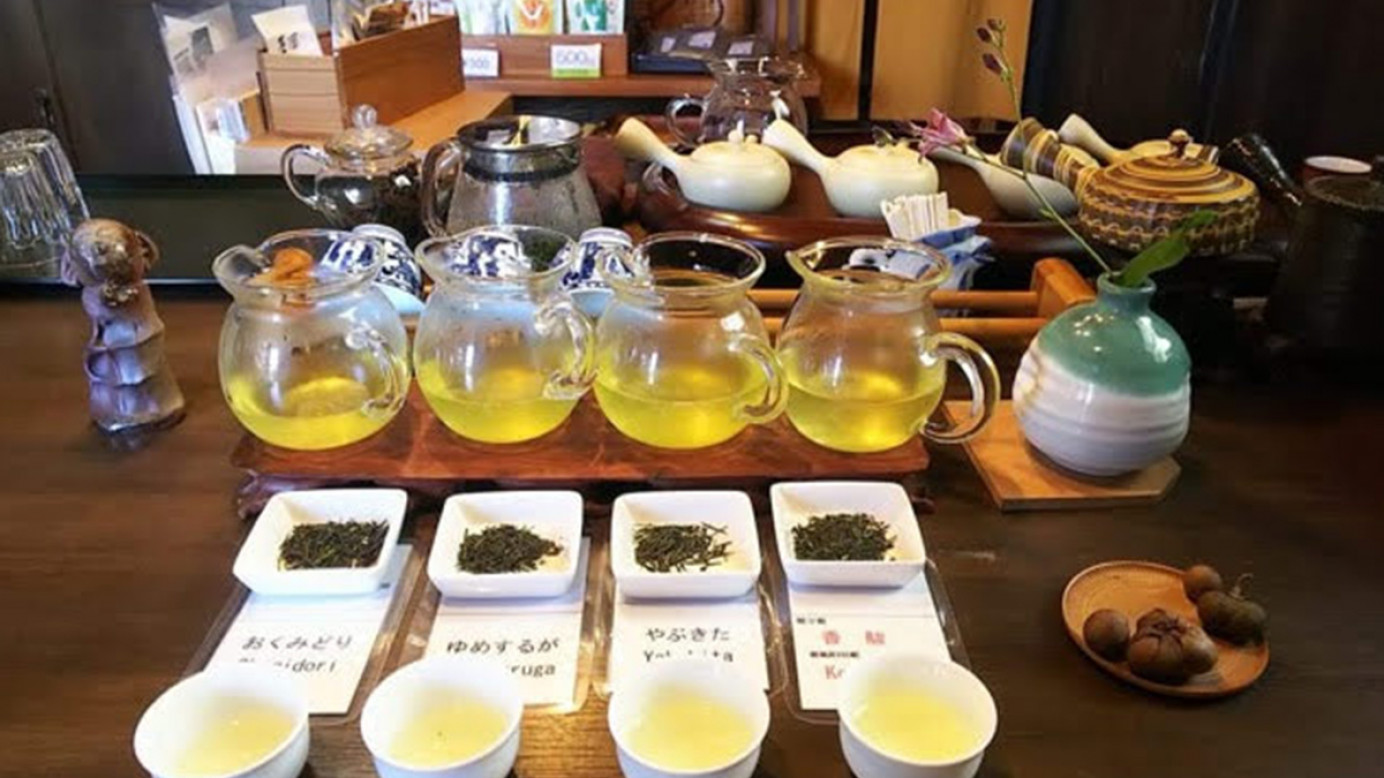
Depending on when tea is harvested or how it’s produced, the flavor profile and characteristics of the tea create varying flavors.
Matcha
This is the form of green tea that many people envision when they hear “green tea”—the frothy, bright green tea served at a tea ceremony with an astringent taste that mellows out nicely. These powdered tea leaves are also used to flavor ice cream.
Genmaicha
Originating centuries ago, when monks mixed darkened rice from the bottom of the pot into their green tea, genmaicha has a full-bodied and toasted rice taste. It’s an especially popular tea for coffee lovers.
Hojicha
This green tea is produced by roasting the leaves in a porcelain pot over charcoal. The result is a light golden-colored tea and a nutty, toasted, and sweet flavor with very little bitterness to it.
Gyokuro
Tea plants that produce gyokuro are covered for about one month to improve the production of chlorophyll and other nutrients in order to create a bright, vegetal, and flavorful tea that is almost like creamy seaweed.
Sencha
The king of green tea that accounts for about 80% of Japanese green tea production, sencha is the most popular tea in Japan. It has a sweet, grassy profile with undertones of pine and summer fruits that results in a yellow color with a bold, striking flavor.
Bancha
This green tea is harvested from the second flush—in between summer and autumn—and is considered to be one of the lowest grades of green tea. The flavors range from smoky, roasted, green, earthy, or even those with a pungent scent.
